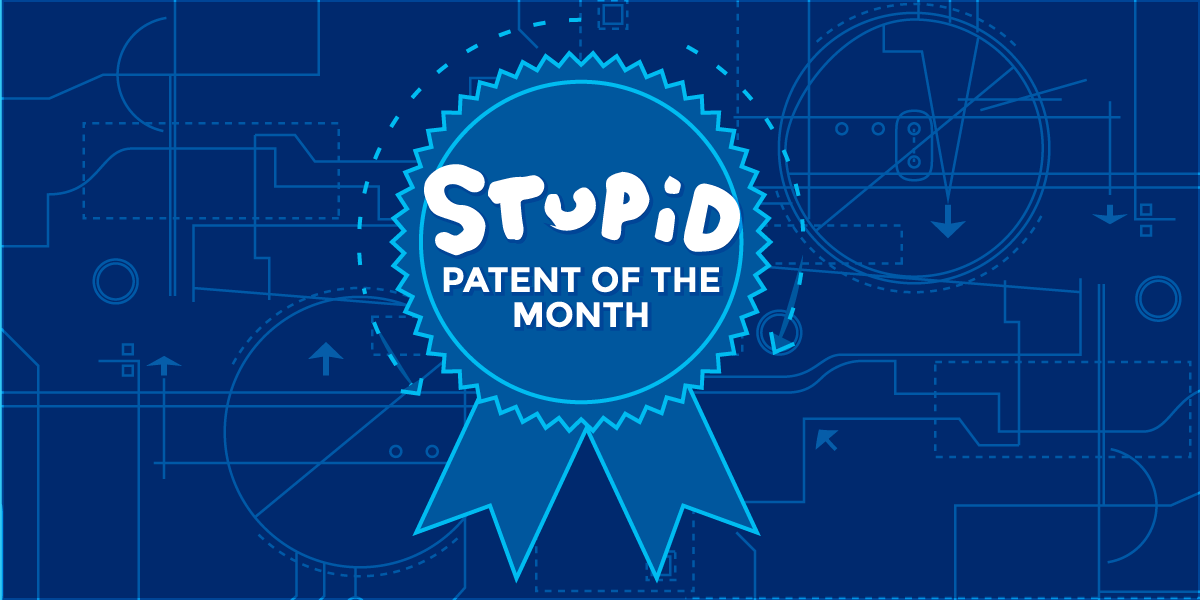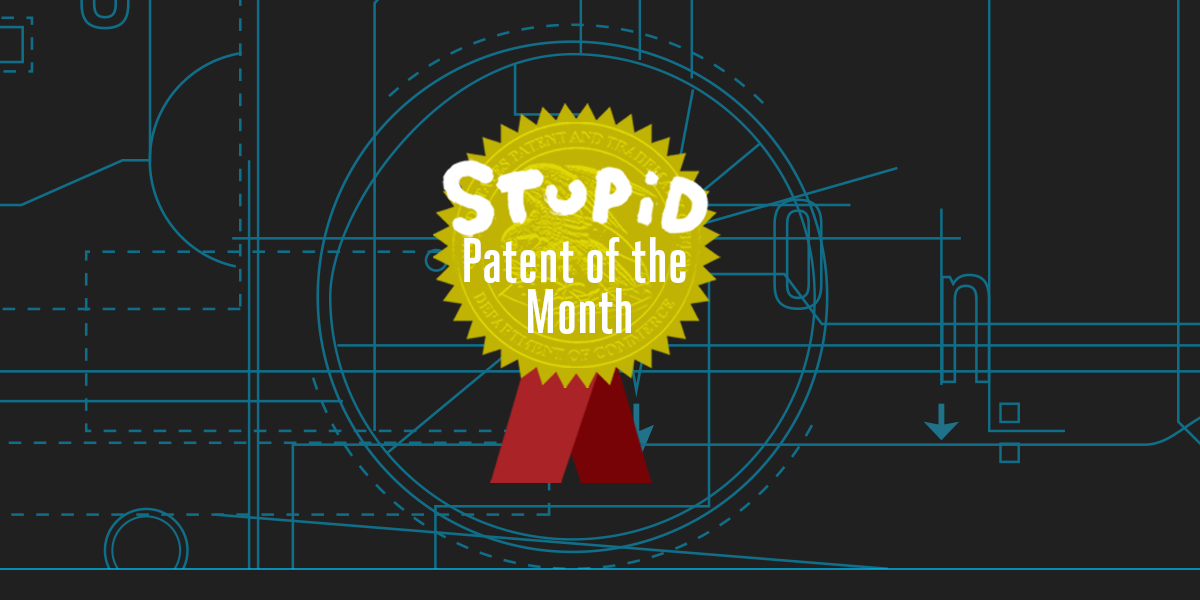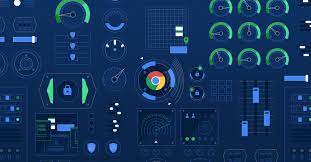Are You Unwittingly Helping to Train Google’s AI Models?
How Google is using your reCAPTCHA entries to train machine learning modelsPhoto by Rajeshwar Bachu on UnsplashGoogle’s reCAPTCHA service is marketed as a means to protect websites from bots. If the system suspects a bot is trying to access a site, it will put up some test that only humans should be able to pass. If you spend enough time on the internet you will have seen a version of this service before. A panel of images comes up and you have to select all the images that contain a fire hydrant, or a car or bridge. We’ve all encountered this system before. If you have interacted with this system before while trying to get access to your favourite website, congratulations you have contributed to some Google machine learning model by labelling some data for them. Deep inside Google’s reCAPTCHA webpages, this is what the company says about the use of data captured from this system:reCAPTCHA also makes positive use of the human effort spent in solving CAPTCHAs by using the solutions to digitize text, annotate images, and build machine-learning datasets. This in turn helps preserve books, improve maps, and solve hard AI ’s take a look at how Google are doing this, speculate about the models we are helping to improve, and what I make of this system where people are unwittingly training some Alphabet Inc artificial intelligence overview of supervised machine learningPhoto by Andy Kelly on UnsplashIn a nutshell, supervised machine learning models are attempting to classify data based on the learning of patterns, or features, that characterise the different classes. To do this, a supervised machine learning model is supplied with a lot of labelled data, called training data. Labelled data is data that comes with a tag identifying the class. A supervised ML algorithm will learn the features that are associated with a class so it can classify new, to train a ML model to classify images of trains, planes, or boats for example, thousands of labelled images of the items are fed into the algorithm where features like size, colour, shape et cetera are used to distinguish the classes. After training, one can then pass in new, unlabelled images of boats, trains and planes, and the ML model will classify them based on the learning from the training is Google collecting data from reCAPTCHA? As mentioned earlier, if the reCAPTCHA service suspects a bot is trying to interact with a website, it will present a test to confirm you are human. Sometimes it is a simple checkbox. Other times it is the more interesting challenge of selecting images from a set that fit a particular description. Once you have correctly identified the pictures that fit a description you are allowed to access the page you intended to visit. So, what you are doing on these challenges is providing some labelled data that will be used in a training dataset for some AI under the Alphabet Inc obvious question is, how does Google know when a web user has selected all the images that fit the description? If the benefit for Google is us users labelling some data for an AI model, surely, they don’t already know what the images contain in advance. The answer is when Google presents you with a panel of, say, six images, five of the images are already labelled. The web user is asked to identify five images correctly, including, the one Google are looking to label. You only need to correctly identify the four images Google already has labelled, and your answer for the fifth unknown image goes into the AI training is the data being used for? Photo by heylagostechie on UnsplashAs for what artificial intelligence this data is being used to train, this is basically unknowable unless you are inside the company. But we can make some educated guesses based on the types of images we’ve been asked to identify. reCAPTCHA challenges seem to be related to roads, traffic signals, or cars. This may be a clue that the data will go to train some model used by Waymo, Alphabet Inc’s self-driving car company. Google mention on their webpages that the data could be used to help improve maps, which also makes sense based on the images we are presented with. Again, it is difficult to know without being inside Alphabet Inc where all that data ends up thoughtsI think most people would feel there is a sense of deception or dishonesty in the way Google uses the data we provide for what is a commercial endeavour without properly notifying users as to what is happening. Here’s the thing, I don’t believe most people would be bothered if Google made it explicitly clear that some of the answers from reCAPTCHA will be used to train Google models in the future. I do think it is important to inform people of what is happening and give the option to opt out is also worth noting that this system is only present in reCAPTCHA V2. Google now have a reCAPTCHA V3, which doesn’t interrupt users at all to detect bots. Instead, reCAPTCHA V3 scores all visitors to a site based on a range of metrics, the lower the score, the more likely you are a bot. However, reCAPTCHA V2 is still active on some websites. I will conclude by saying more transparency from technology companies should be encouraged. I can only assume the reason there is a lack of transparency is because of a worry that users will choose not to comply, but that should be a decision for us users to make.

Captcha if you can: how you’ve been training AI for years …
Home
News
Computing
Congratulations are in order. You, yes you, dear reader, have been part of something incredible. Thanks to your hard work, millions of books containing pretty much the sum-total of human knowledge have been successfully digitised, saving their texts for future generations. All because of, know how occasionally you’ll be prompted with a “Captcha” when filling out a form on the internet, to prove that you’re fully human? Behind the scenes of one of the most popular Captcha systems – Google’s Recaptcha – your humanoid clicks have been helping figure out things that traditional computing just can’t manage, and in the process you’ve been helping to train Google’s AI to be even you thought you were merely logging into some website or Recaptcha (or “reCATCHA” if you prefer) started out as a collaboration by a number of computer scientists at Carnegie Mellon University in Pittsburgh, first released in 2007 – and it was quickly snaffled up by Google in 2009. The premise was as described above: by marrying up users who need to prove they are human to data that needs transcribing, both sides get something out of instead of digitising books by having one person carry out the very boring task of typing or checking a whole book manually, instead millions of people can unknowingly collaborate to achieve the same goal. Remember how it always used to be two words you had to enter? Conceivably, only one was the “real” test, and the other was a new word that was yet to be transcribed – but as the user you wouldn’t know which was which, so you’d have to attempt to do both Google Books app on Android. Recaptcha can even check its own work. By showing the same words to multiple users, it can automatically verify that a word has been transcribed correctly by comparing multiple attempts from multiple users across the azingly, thanks to Recaptcha boxes appearing on thousands of major websites and receiving tens of millions of completions a day, by 2011 Recaptcha had finished digitising the entire Google Books archive – as well as 13 million articles from the New York Times back-catalogue dating back to what did Google do next, with no books left to digitise? In what was perhaps a happy coincidence, this coincided with the growth of artificial intelligence and machine aining montageIn 2012, Google started including not just words, but snippets of photos from Google Street View – making users transcribe door numbers and other signage. And in 2014, the system became all about training sentially, the way machine learning works is that you hand the machine a bunch of data that is already sorted – say, a bunch of images of cats that you have tagged as cats, and then it uses this information to build a neural network that enables it to pick the cats out of other images. The more pictures of cats that you feed it, the more accurate the AI becomes at picking out cats from other images. A cat. Just in case you weren’t sure. Google has countless reasons to want to train AI to recognise objects in images: better Google Image Search results, more accurate Google Maps results, and enabling you to search your Google Photos library for all of the photos you have taken of a specific object or place. Oh, and the small matter of making sure that your driverless car doesn’t hit anything. You know when Recaptcha asks you to identify street signs? Essentially you’re playing a very small role in piloting a driverless car somewhere, at some point in the it is hugely convenient then that Google has as its disposal hundreds of millions of internet users to work for it: by using Recaptcha to tackle these problems, Google can use our need to prove we’re human to force us to use our very human intuitions to build its ‘s Waymo driverless car system. This is why currently, instead of simply throwing up some text, Recaptcha is giving users more image-related tasks: “Click all of the images of cats”, “Click all of the boxes on the grid overlaying an image that contain a cat”, and so on. For thousands of different is a particularly useful asset for Google, as it competes with other internet giants to grow its machine learning datasets and algorithms: The more data it can analyse, the better results will be – giving its current and future products a competitive AI to beat AIAmusingly, there is only one problem with using captchas to train machine learning algorithms. What’s to stop, for example, people who want to get around captchas from using machine learning against captchas? Last year developer Francis Kim built a proof of concept means to beat Recaptcha by using Google’s machine learning abilities against it. In just 40 lines of Javascript, he was able to build a system that uses the rival Clarifai image recognition API to look at the images Google’s Recaptcha throws up, and identify the objects the captcha requires. So if Recaptcha demands the user select images of storefronts to prove their humanity, Clarifai is able to pick them out nceivably too, this sort of thing would also be possible using Google’s own technology. Because Google wants to sell its clever tech to other companies, it opens TensorFlow up to developers through an API itself. This means that you could conceivably use TensorFlow to trick the Captcha that trains TensorFlow. This wouldn’t work 100% of the time – but once an AI is sufficiently well trained, it should be able to do the trick in a large number of ’s clear from Recaptcha is not just that it is an ingenious idea, but also that thanks to our hard work, it is getting increasingly difficult to separate us humans from the Radar’s AI Week is brought to you in association with Honor.

By Typing Captcha, you are Actually Helping AI’s … – AP News
Press release content from Accesswire. The AP news staff was not involved in its YORK, NY / ACCESSWIRE / November 27, 2020 / Living in the Internet age, how occasionally have you come across the tricky CAPTCHA tests while entering a password or filling a form to prove that you’re fully human? For example, typing the letters.. YORK, NY / ACCESSWIRE / November 27, 2020 / Living in the Internet age, how occasionally have you come across the tricky CAPTCHA tests while entering a password or filling a form to prove that you’re fully human? For example, typing the letters.. YORK, NY / ACCESSWIRE / November 27, 2020 / Living in the Internet age, how occasionally have you come across the tricky CAPTCHA tests while entering a password or filling a form to prove that you’re fully human? For example, typing the letters and numbers of a warped image, rotating objects to certain angles or moving puzzle pieces into is CAPTCHA and how does it work? CAPTCHA is also known as Completely Automated Public Turing Test to filter out the overwhelming armies of spambots. Researchers at Carnegie Mellon University developed CAPTCHA in the early 2000s. Initially, the program displayed some garbled, warped, or distorted text that a computer could not read, but a human can. Users were requested to type the text in a box, and have access to the program has achieved wild success. CAPTCHA has grown into a ubiquitous part of the internet user experience. Websites need CAPTCHAs to prevent the “bots” of spammers and other computer underworld types. “Anybody can write a program to sign up for millions of accounts, and the idea was to prevent that, ” said Luis von Ahn, a pioneer of early CAPTCHA team and founder of Google’s reCAPTCHA, one of the biggest CAPTCHA services. The little puzzles work because computers are not as good as humans at reading distorted text. Google says that people are solving 200 million CAPTCHAs a the past years, Google’s reCAPTCHA button saying “I’m not a robot” was followed more complicated scenarios, such as selecting all the traffic lights, crosswalks, and buses in an image grid. Soon the images have turned increasingly obscured to stay ahead of improving optical character recognition programs in the arms race with bot makers and PTCHA’s potential influence on AIWhile used mostly for security reasons, CAPTCHAs also serve as a benchmark task for artificial intelligence technologies. According to CAPTCHA: using hard AI problems for security by Ahn, Blum and Langford, “any program that has high success over a captcha can be used to solve a hard, unsolved Artificial Intelligence (AI) problem. CAPTCHAs have many applications. ”From 2011, reCAPTCHA has digitized the entire Google Books archive and 13million articles from New York Times catalog, dating back to 1851. After finishing the task, it started to select snippets of photos from Google Street View in 2012. It made users recognize door numbers, other signs and symbols. From 2014, the system started training its Artificial Intelligence (AI) warped characters users identify and fill in for reCaptcha are for a bigger purpose, as they have unknowingly transcribed texts for Google. It shows the same content to several users across the world and automatically verifies if a word has been transcribed correctly by comparing the results. Clicks on the blurry images can also help identify objects that computing systems fail to manage, and in this process Internet users are actually sorting and clarifying images to train Google’s AI rough such mechanisms, Google has been able to help users back in recognizing images, giving better Google search results, and Google Maps teBridge: an automated data annotation platform to empower AI
Turing Award winner Yann LeCun once expressed that developers need labeled data to train AI models and more quality-labeled data brings more accurate AI systems from the perspective of business and the face of AI blue ocean, a large number of data providers have poured in. has made a breakthrough with its automated data labeling platform in order to empower data scientists and AI companies in an effective a completely automated data service system, has developed a mature and transparent workflow. In ByteBridge’s dashboard, developers can create the project by themselves, check the ongoing process simultaneously on a pay-per-task model with clear estimated time and price.
thinks highly of application scenarios, such as autonomous driving, retail, agriculture and smart households. It is dedicated to providing the best data solutions for AI development and unleashing the real power of data. “We focus on addressing practical issues in different application scenarios for AI development through one-stop, automated data services. Data labeling industry should take technology-driven tool as core competitiveness, ” said Brian Cheong, CEO and founder a rare and precious social resource, data needs to be collected, cleaned and labeled before it grows into valuable goods. has realized the magic power of data and aimed at providing the best data labeling service to accelerate the development of NTACT:contact:website: company: ByteBridgephone: 010 – 53673971SOURCE: TTC Foundation View source version on
Frequently Asked Questions about recaptcha ai training
Does CAPTCHA training AI?
While used mostly for security reasons, CAPTCHAs also serve as a benchmark task for artificial intelligence technologies. … From 2014, the system started training its Artificial Intelligence (AI) engines.Nov 27, 2020
Why is CAPTCHA so hard?
While the test itself is simple, there’s a lot happening behind the scenes. The answers we give captchas end up being used to make AI smarter, thus ratcheting up the difficulty of future captcha tests. But captchas can be broken by hackers. The tests we’re most familiar with have already been broken.May 14, 2021
Is reCAPTCHA training self driving cars?
So, it’s confirmed. Google does use reCaptcha to teach its self-driving Waymo cars to label images so they can, for example, tell the back of an Escalade from an empty patch of asphalt.

